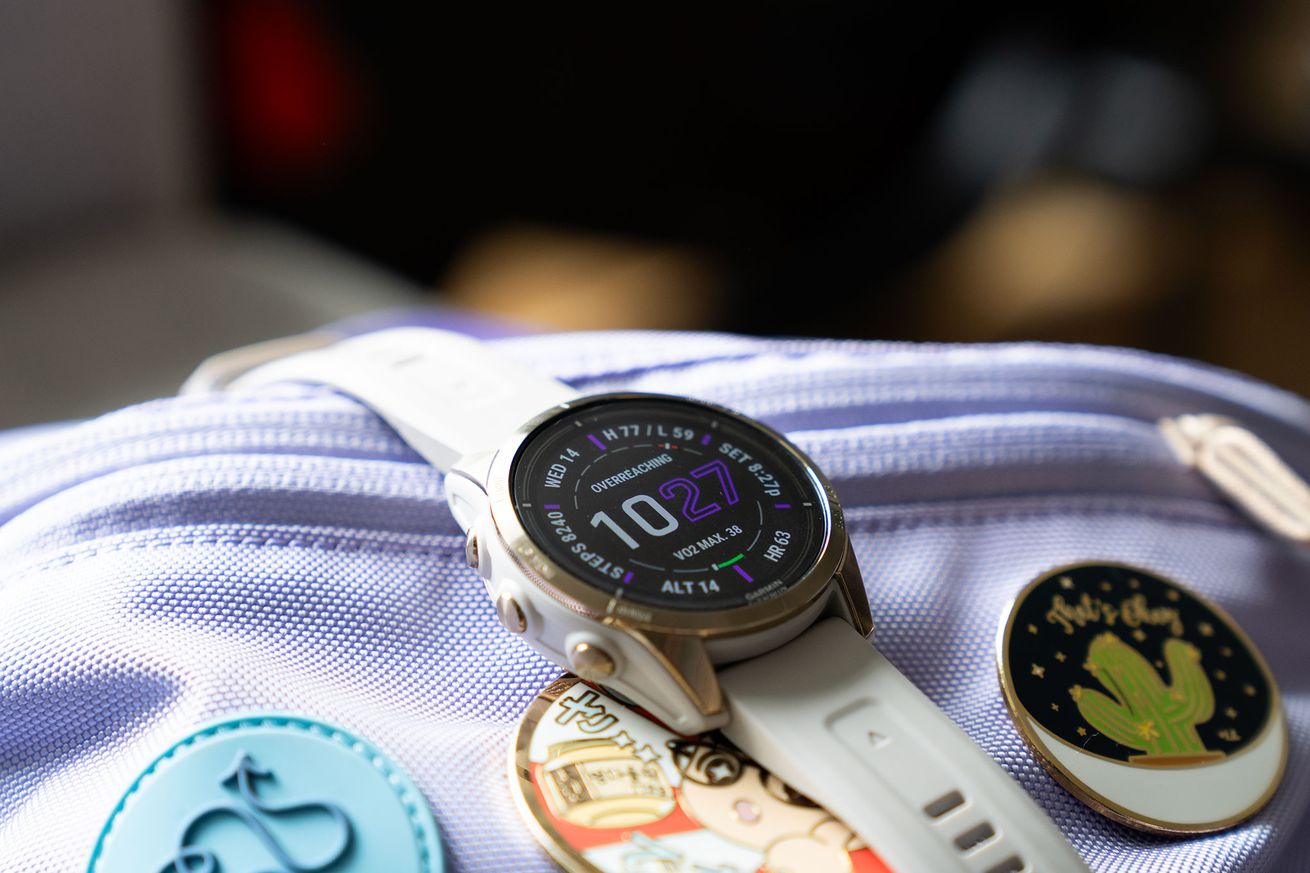
My Garmin’s fatal flaw is it refuses to acknowledge my naps
Ask any coach, athlete, personal trainer, or doctor: sleep is an important, if not the most important, part of recovery. You cannot get those gains without regular, quality sleep. But life happens, and sometimes regular, high-quality sleep isn’t possible. In those instances, studies have found naps can be an effective way to boost your recovery and athletic performance. So, knowing this, somebody please explain why none of the Garmin smartwatches in my review closet will acknowledge my naps.
Miraculously, my occasional bouts of insomnia and Garmin training haven’t overlapped much. It makes sense. I never sleep better or more regularly than when I’m training for something. That streak ended these last few weeks when my insomnia came back in full force while training with the Epix Pro and the Fenix 7S Pro. No biggie, I thought. Insomnia and I go way back, and I know that strategically timed naps help keep me functioning until the insomnia goes away. Plus, these days, most smartwatches and sleep trackers account for naps in some capacity. Naturally, I assumed Garmin — one of the most popular smartwatch brands among athletes — did, too.
Nope.
Surely, I was missing something. Garmin has more settings buried in labyrinthian menus than I know what to do with. Naps had to be buried in there somewhere, and I was too sleep-deprived to find it. But a quick Google search later, Garmin’s support page told me that, “Our activity trackers are only designed to track your typical sleep window, and will not display any nap/rest time that is outside of the primary sleep time for each day.” Some older Garmins had some nap tracking via a Sleep Mode, but that’s no longer possible on current Garmins.
Instead, when you set up a Garmin, you’re asked to set a sleep window. (This is the same approach as Apple’s Sleep Schedule for the Apple Watch and iPhone.) Basically, Garmin’s in-depth sleep tracking will only kick in during those hours. You can manually edit your sleep hours, but again, Garmins will only track one sleep session per day. Say you slept from 1AM to 7AM, but Garmin’s autodetect messed up and said you went to bed at 2AM. You can fix that in the app. But if you were pooped and took a nap from 6:30 to 7:30PM and then went to bed at 11:30PM, the nap doesn’t count. The best you could do in that scenario is edit your sleep time as starting at 6:30PM. The problem is then you have a four-hour awake period logged as part of your overall sleep, which may drag down your sleep score even if the nap itself was beneficial.
Perhaps my sleep-deprived brain needs some more caffeine, but this does not compute.
Garmin, like other fitness-focused wearables, factors in your sleep and other biometric data to calculate how well-rested and ready to take on training you are. Garmin even summarizes it in a handy dandy Training Readiness metric that looks at your sleep, sleep history, recovery time, HRV status, training load, and stress history. I am not surprised that my sleep and sleep history bars are bad, but to not factor in naps — which can have a noticeable impact on your recovery time — seems silly.
The Oura Ring automatically detects naps and will adjust your readiness and sleep scores to reflect the added rest. The Whoop 4.0 — a tracker geared toward serious athletes — does the same and allows manual nap logging. Fitbit and Samsung also auto-detect naps on their wearable devices. Is auto-detection perfect? No. But you can generally log naps as separate sleep sessions manually, too. The point is, it counts. Apple Watches also don’t have a good nap-tracking solution, but at the very least, you have access to several third-party sleep-tracking apps that can integrate with HealthKit.
To not factor in naps — which can have a noticeable impact on your recovery time — seems silly
This does, however, explain why my recovery and readiness data on the Oura Ring and Garmin Fenix 7S Pro haven’t been matching up as well as they normally do. I’m aware this is temporary. Eventually, my insomnia will leave me so I can snooze in peace, but there is going to be a transition period where I have to proactively work down my sleep debt. Naps will play a part here, too. I’m lucky in that, as a wearables reviewer, I have access to multiple platforms, so I can still cobble together enough data to make up for this oversight. That’s not true for everybody.
And it’s not just athletes and insomniacs who would benefit, either. There are tired parents, jet-lagged travelers, and exhausted shift workers who could make use of nap tracking to help improve their overall sleep. It’s a shame, then, that Garmin is sleeping on nap tracking.

